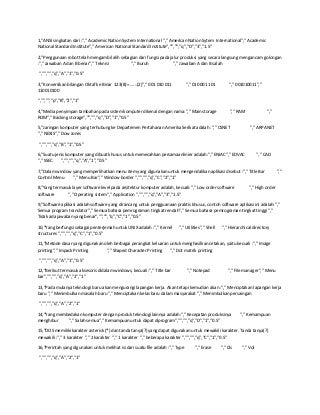A less widespread type of metal detector relies on pulse induction (PI). Not like VLF, PI programs could use a single coil as each transmitter and receiver, or they could have two and even three coils working together. This expertise sends powerful, sudut pengambilan gambar quick bursts (pulses) of current by means of a coil of wire. Each pulse generates a quick magnetic subject. When the pulse ends, the magnetic subject reverses polarity and collapses very suddenly, leading to a pointy electrical spike. This spike lasts a couple of microseconds (millionths of a second) and causes one other current to run through the coil. This current is named the reflected pulse and is extremely short, lasting solely about 30 microseconds. Another pulse is then despatched and the process repeats. A typical PI-primarily based steel detector sends about one hundred pulses per second, however the number can range drastically based on the producer and model, starting from a few dozen pulses per second to over a thousand.
Following on our take a look at the results of shot noise, our attentions turn to the digital noise added by your camera. In this second part of the sequence, we have a look at read noise and how your sensor’s habits defines what your digital camera is capable of and consequently, how you need to shoot with it. Learn more

8. Do one thing totally off-the-wall. Need cool footage of your buddy in her prom costume? Throw her in the pool with the prom dress on. Want cute pics of a baby? Put them in an enormous basket like Anne Geddes or dress them in clothes which might be 5 sizes too big.
Light sources must be considered. If the supply is smaller than the size of the product, it should create a tough light which isn’t good for product photographs. Sources which are wider than the product creates gentle mild, which helps in enhancing the general look of the product
